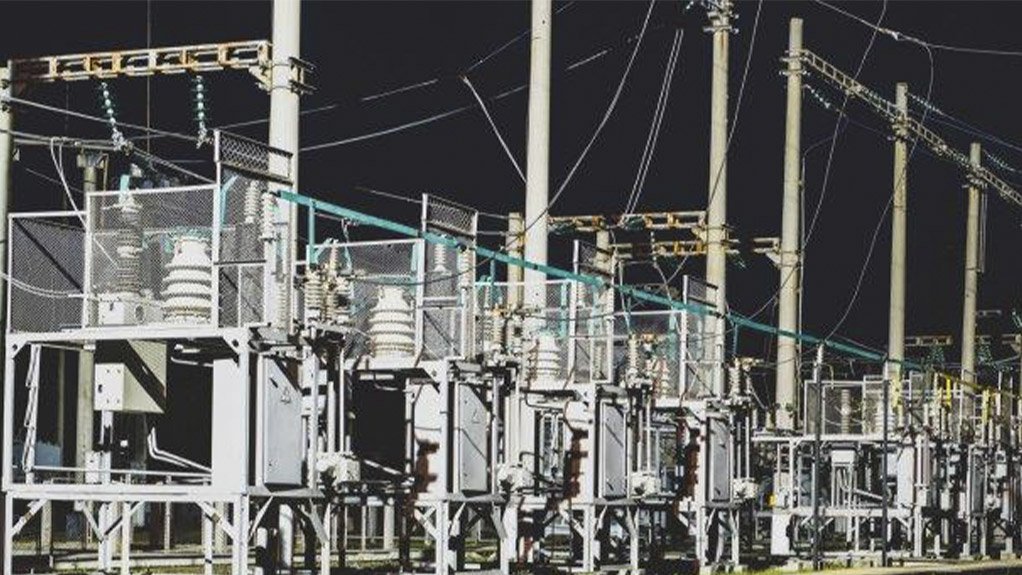One of the largest and busiest airports in Africa, OR Tambo International in Johannesburg, was plunged into temporary darkness on Sunday 12 December after a transformer at a substation in Kempton caught fire.
While this highlights the vulnerability of such critical electrical infrastructure, there are various measures that local authorities can implement in order to manage the fire risk, ASP Fire CEO Michael van Niekerk highlights.
The fact that substations, by their nature, do not have personnel means there is no one to raise an alert in the event of any incident. In addition, a lack of maintenance also means an increased likelihood of such incidents. The situation is exacerbated by load shedding, which results in current inrushes when the power is restored, which can damage components such as ageing electrical insulation, and the potential of transformer fires.
Some substations are in very remote areas, or in locations that are difficult to access after normal business hours. This means that installing a standalone fire-detection system is recommended to protect high-risk items such as transformers, which are used to step down the electricity from 33 000 V to 11 000 V or 6 000 V. In addition, a fire-suppression system using foam mist can be highly effective.
However, the dangerous combination of load shedding and a lack of preventative maintenance can result in arc flashes, which are basically mini lightning bolts that can cause the insulation in substations to start burning. A lack of adequate maintenance of the cooling oil in a transformer can cause hot-spot temperatures that result in bubbles in the oil which, combined with high temperatures, increase internal tank pressure, and may result in overflow or tank rupture.
ASP Fire can supply and install fire-suppression systems that are standalone, meaning they do not have to rely on pumps and water-storage tanks in the event of a fire. Water is, instead, stored in nearby pressure vessels, which has the added benefit of minimising the quantity of water needed to suppress a fire.
The major problem, however, remains the lack of adequate maintenance. “We are all aware of the challenges faced by local government in maintaining essential infrastructure. Ageing substations that are not well-maintained to begin with are increasingly vulnerable to load shedding, which is a recipe for disaster,” van Niekerk warns.
While a simple solution is to install adequate fire detection and suppression systems, this is hampered by the lack of necessary funding. Therefore, carrying out preventative maintenance will ensure that substations are robust enough to cope with load shedding, and also allow local authorities to save on capex costs.
While local authorities have to adhere to strict regulations in terms of electrical safety, the installation of fire detection and suppression systems is not mandatory. An exception is the mining industry, which operates its own substations. Here electricity is essential to ensure life-critical equipment such as ventilation shafts and personnel lifts are operational at all times.
“At the end of the day, the knock-on effect on the entire South African economy is huge,” van Niekerk stresses. “The cost in replacing a single transformer is prohibitive, which behoves local authorities to ensure they have a maintenance schedule in place, or have conducted some kind of fire-risk assessment, even if they are not in the financial position to install proper fire detection and suppression systems.”








